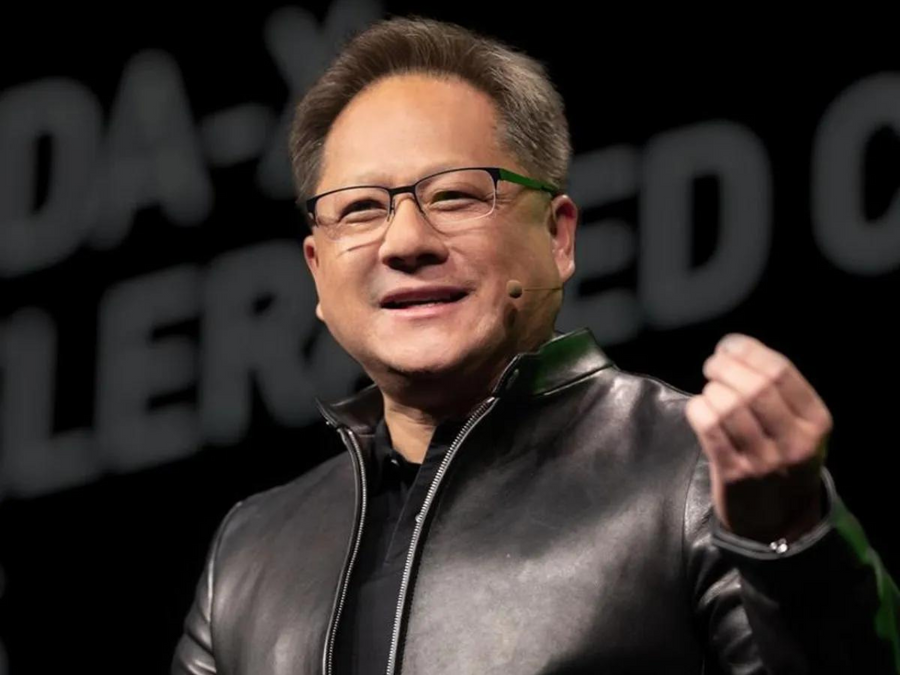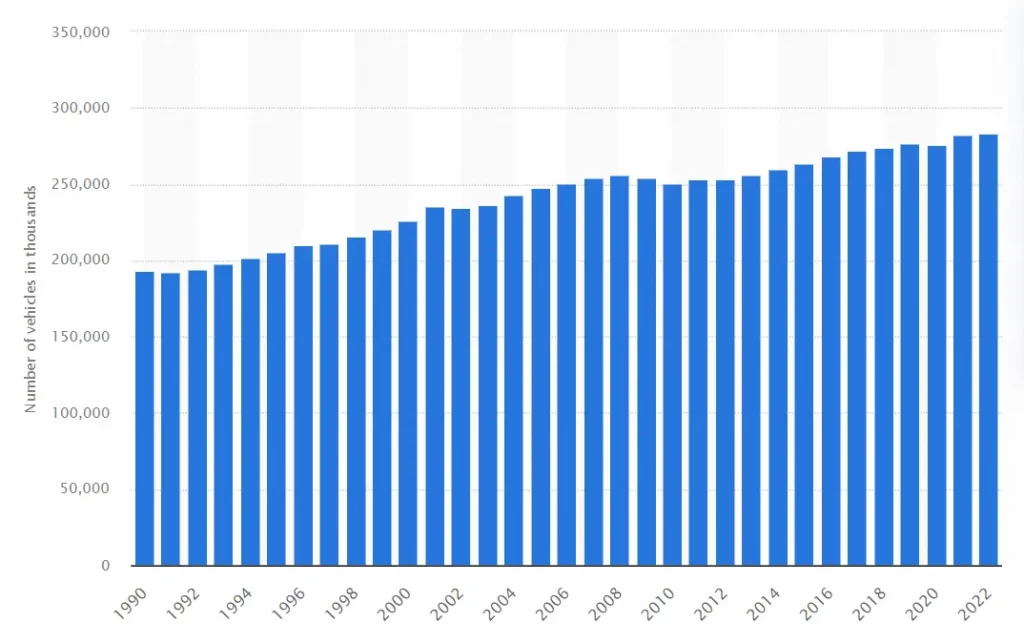Jensen Huang On China's AI Progress: A Formidable Challenge For Nvidia

Table of Contents
China's Rapid AI Advancement: A Closer Look
China's rapid progress in artificial intelligence is undeniable. This surge is not accidental; it's the result of a concerted national effort involving significant financial investment, strategic policy decisions, and a vast pool of talented researchers and engineers.
Government Investment and Policy Support
The Chinese government has made AI development a national priority, pouring billions into research and development. This commitment is evident in several key initiatives:
- The Next Generation Artificial Intelligence Development Plan (2017): This plan outlines ambitious goals for China to become a global leader in AI by 2030. Significant funding was allocated to support research, talent cultivation, and the development of AI-related industries.
- Massive funding for research institutions: Numerous universities and research institutions across China receive substantial government funding dedicated to AI research. This ensures a consistent flow of innovative ideas and breakthroughs.
- The Ministry of Science and Technology (MOST): The MOST plays a crucial role in coordinating and overseeing AI development initiatives, ensuring alignment with national strategic goals. Their influence permeates numerous AI-related projects.
- Provincial and municipal-level initiatives: Beyond national-level initiatives, various provincial and municipal governments have also implemented their own AI development strategies, further accelerating progress.
Talent Pool and Research Capabilities
China boasts a vast pool of skilled AI researchers and engineers, graduates from top universities fueling the sector's growth. This abundance of talent, coupled with significant government investment, is driving remarkable advancements:
- Millions of AI graduates: Chinese universities produce a substantial number of graduates with expertise in AI-related fields annually, supplying the workforce with highly skilled professionals.
- Prominent research institutions: Institutions like Tsinghua University, Peking University, and the Chinese Academy of Sciences are at the forefront of AI research, consistently publishing groundbreaking work.
- Key breakthroughs: Chinese researchers have made significant contributions in areas like computer vision, natural language processing, and deep learning, often publishing in top-tier international journals.
Domestic AI Chip Development
China's ambition extends beyond AI software; it's focused on developing its own AI chips to reduce dependence on foreign technologies like Nvidia's GPUs. This effort is gaining traction:
- Key players: Companies like Huawei, Alibaba, and Tencent are heavily investing in the design and manufacturing of AI chips, aiming to challenge Nvidia's market dominance.
- Progress and potential impact: While still catching up to Nvidia's technological prowess, Chinese companies are making steady progress, and their success could significantly impact Nvidia's market share. The development of domestically produced AI chips directly challenges Nvidia’s core business.
Nvidia's Response to the Growing Competition
Nvidia, facing increasing competition from China, is employing various strategies to maintain its leading position in the AI market.
Strategic Partnerships and Market Diversification
Nvidia is actively forging strategic partnerships and expanding into new markets to diversify its revenue streams and mitigate risks:
- Partnerships with cloud providers: Nvidia collaborates closely with major cloud providers like AWS, Azure, and Google Cloud to offer its GPU-powered AI services to a wider range of customers.
- Geographic expansion: Nvidia continues to expand its presence in various regions globally to reduce reliance on any single market, including deeper penetration in non-US markets.
- New market segments: Nvidia is exploring new applications for its technology beyond traditional AI, such as autonomous vehicles and high-performance computing, broadening its market reach.
Technological Innovation and R&D Investment
Nvidia remains committed to investing heavily in research and development to maintain its technological edge:
- Next-generation GPUs: Nvidia continues to release advanced GPUs with improved performance and efficiency, crucial for demanding AI workloads.
- Software and platform development: Nvidia invests significantly in developing its software platforms and tools, making its technology more accessible and user-friendly for developers.
- Focus on cutting-edge AI research: Nvidia actively supports AI research through grants, collaborations, and the development of cutting-edge AI tools and algorithms.
Navigating Geopolitical Risks
The escalating trade tensions between the US and China pose significant geopolitical risks for Nvidia:
- Export controls: US export controls on advanced technologies can restrict Nvidia's ability to sell its most powerful GPUs to Chinese customers.
- Trade disputes: The ongoing trade war between the US and China introduces uncertainty into the market, impacting Nvidia's business operations and long-term strategy.
- Supply chain disruptions: Geopolitical instability can disrupt Nvidia's supply chain, impacting the availability of its products.
Conclusion
China's impressive strides in AI, fueled by substantial government investment and a large talent pool, pose a genuine and formidable challenge to Nvidia's dominance. The development of domestic AI chips in China is a particularly significant threat. Nvidia is strategically responding with partnerships, technological innovation, and careful navigation of the complex geopolitical landscape. The future of AI hinges on the ongoing competition between these two powerful forces. Stay informed about the evolving dynamics between China's AI sector and global tech giants like Nvidia. Further research into "Jensen Huang on China's AI Progress" and its implications for the future of artificial intelligence is strongly encouraged. Understanding the interplay between Jensen Huang's pronouncements, China's AI policy, and Nvidia's strategic responses is crucial for comprehending the future of this rapidly developing technology.

Featured Posts
-
 Ticketmaster Y Setlist Fm Compra De Boletos Mas Sencilla
May 30, 2025
Ticketmaster Y Setlist Fm Compra De Boletos Mas Sencilla
May 30, 2025 -
 Confirmation Officielle Le Tunnel De Tende Rouvrira En Juin
May 30, 2025
Confirmation Officielle Le Tunnel De Tende Rouvrira En Juin
May 30, 2025 -
 Dolberg 25 Mal Eller Mere Et Realistisk Chokskifte
May 30, 2025
Dolberg 25 Mal Eller Mere Et Realistisk Chokskifte
May 30, 2025 -
 Jacob Alons Fairy In A Bottle Review And Analysis
May 30, 2025
Jacob Alons Fairy In A Bottle Review And Analysis
May 30, 2025 -
 Virginia Losing Millions Illegal Vehicle Registrations From Maryland Drivers
May 30, 2025
Virginia Losing Millions Illegal Vehicle Registrations From Maryland Drivers
May 30, 2025
